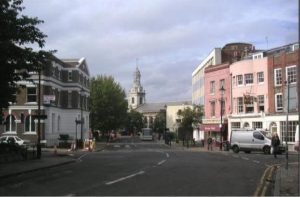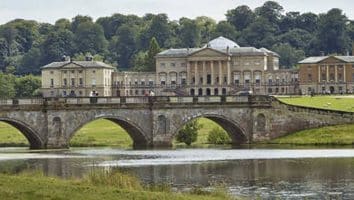In a judgment handed down in July 2018 the Court of Appeal has confirmed that the setting of heritage assets “is not necessarily confined to visual or physical impact” but that other considerations are potentially relevant.
This judgment resolved the tension between Lang J’s approach in the High Court and comments made by Lindblom LJ in R (Williams) [2017] EWCA Civ 427.
In the case against Powys County Council, Williams had said that if a proposed development was to affect the setting of a listed building there would need to be “a distinct visual relationship of some kind between the two – a visual relationship which is more than remote or ephemeral, and which in some way bears on one’s experience of the listed building in its surrounding landscape or townscape”.
Giving judgment in Steer, Lindblom LJ emphasised that in Williams the only potential effects on the settings of heritage assets had been visual, and that his comments were made in that context. However, that did not mean that “factors other than the visual and physical must be ignored” – although generally the decision maker would be concentrating on those considerations.
The Court of Appeal identified three general points which apply in setting cases:
- Section 66(1) of the Listed Buildings Act 1990 requires the decision-maker to understand what the setting of the asset is – even if its extent is difficult or impossible to delineate exactly – and whether the site of the proposed development will be within it or in some way related to it.
- Although the exercise is not purely subjective, there is not (and could not be) a single approach to identifying the extent of a heritage asset’s setting. The decision-maker must apply planning judgment, having regard to relevant policy, guidance and advice. It is necessary to concentrate on the ‘surroundings in which the heritage asset is experienced’, keeping in mind that those “surroundings” may change over time, and also that the way in which a heritage asset can be “experienced” is not limited only to the sense of sight.
- “The effect of a particular development on the setting of a heritage asset – where, when and how that effect is likely to be perceived, whether or not it will preserve the setting of the listed building, whether, under government policy in the NPPF, it will harm the “significance” of the listed building as a heritage asset, and how it bears on the planning balance – are all matters for the planning decision-maker”, subject to the requirement to give considerable importance and weight to the desirability of preserving the setting of a heritage asset. Unless there has been some clear error of law in the decision-maker’s approach, the court should not intervene.
The Court of Appeal concluded that the Inspector in this case had not adopted an unlawfully narrow approach to the issue of setting. Historical, social and economic connections were not dismissed as irrelevant. As a matter of planning judgment it was concluded that those connections were not sufficient in the circumstances to bring the appeal site within the setting of Kedleston Hall. Accordingly, the appeal was allowed and the order of Lang J (who had quashed the grant of planning permission) set aside.


